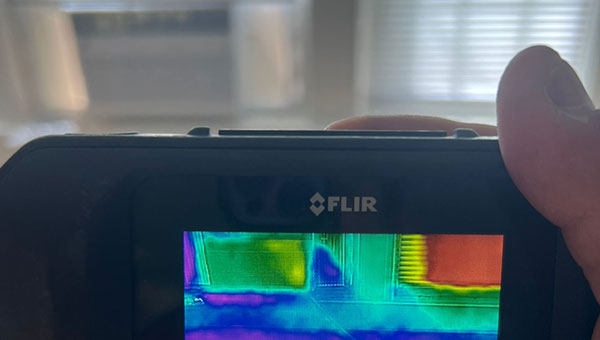
Mold isn't just a bothersome substance; it's a hidden danger that could be putting your health and property value at risk. Mold grows in over 70% of homes in the United States, which is pretty crazy. We need to pay attention to this sneaky invader right now. Don't worry - we're here to help you find your way through the confusing web of mold-related data by breaking down complicated facts into useful insights.
Come with FDP Mold Remediation on this trip through the hidden world of mold as we look at shocking health numbers that show how mold exposure can lead to conditions like asthma. We will also talk about the financial effects it has on property prices and the costs of fixing the problem. What is our job? To give you information so that you can make smart decisions about your health and home.

Mold problems happen in the following places in the United States because of things like yearly rainfall, humidity, water damage insurance claims, building materials, and lifestyle choices:
Besides these states, some places have problems with high humidity, which makes them more likely to have mold problems. These places are the wettest and most likely have a lot of mold:
Because of their high humidity, these places, especially those in Texas, Louisiana, and Florida, are more likely to have mold problems. Mold can have serious effects on health and property, which shows how important it is for people who live in these areas to avoid and remove mold.
People who are allergic to mold or who are more sensitive to it can find relief in some places with good climates, humidity levels, and air quality. Some of these places are:
These towns have environments that make mold allergies and mold sensitivity much less of a problem for people who are sensitive to it. This makes them appealing places to live for better health and comfort.
It can be hard to say whether mold is dangerous based on its amount or percentage because it depends on the type of mold and how sensitive each person is to it. Still, the following general guidelines and standards can help:
Standard for Mold Contamination: Mold contamination is usually noticed when there are more than 10,000 mold spores in every cubic meter of air. Remember that even small amounts of some types of mold can still be dangerous, especially if they point to hidden mold sources.
Scale from the National Allergy Bureau: The National Allergy Bureau (NAB) divides mold counts in outdoor air into the following groups:
At high amounts, most people who are sensitive to mold will start to feel sick. Keep in mind that different mold species have different acceptable amounts because their spores are toxic, vary in size, and weigh a lot.
Levels of Mold Allergens:
These rules give you a way to think about the possible health risks that come with being exposed to different amounts of mold. But it's very important to think about how sensitive each person is and what kind of mold is there.
The problem of mold in homes is widespread, and different sources give slightly different numbers:
47% of homes in the United States have mold growing on them. An estimated $5.6 billion is spent each year in the U.S. on mold-related infections, and an extra $16.8 billion is spent on asthma conditions. Also, worries about mold can really hurt the value of a home when it comes time to sell, dropping it by 20 to 37 percent.
About 70% of homes are dealing with mold problems right now. This high level of mold is scary because it not only weakens buildings but also has been linked to a number of health issues, such as diseases and allergies. Also, more than half of all homes in the U.S. have mold challenges, and about two-eighths of the population has genes that make them more likely to have health problems linked to mold.
In-home settings, these numbers show how common mold problems are and how important it is to stop mold growth and clean it up to protect health and property values.
Mold pollution has harmful effects on health, ranging from breathing problems to death. Here are some important facts about mold's effects on health and death:
Over 75,000 people are hospitalized and at least 7,000 people die every year in the U.S. because of fungal illnesses, which are often caused by exposure to mold, according to the Centers for Disease Control and Prevention (CDC). In 1969, there were only 450 deaths, so this number has gone up a lot. Around one-fifth of these illnesses are linked to Aspergillus, a common indoor mold.
Mold and Air Pollution Have a Global Effect: The World Health Organization (WHO) says that mold makes indoor and outdoor air pollution worse, which is linked to 7 million deaths every year around the world. This shows that mold affects more than just infections; it also affects air quality and general health.
Mold and Asthma: Dampness and mold pollution are linked to about 4.6 million asthma cases in the U.S. This is the case for about 21% of all asthma cases in the country. This is a big problem for the economy in the U.S.: mold-related diseases cost $5.6 billion a year, and asthma-related problems add another $16.8 billion.
These numbers make it clear that mold contact is bad for your health, especially for people with weak immune systems or breathing problems. To protect public health, they stress how important it is to have effective mold removal and protection methods in homes and other indoor spaces.
The most powerful thing you can use against mold is information. By knowing what mold needs to grow and how to spot early warning signs, you can take strong steps to protect your health and your property investment. You can control mold effects by doing regular home upkeep, getting a professional mold inspection, or removing mold quickly.
At FDP Mold Remediation, we are dedicated to what we do. We work hard to give you the knowledge and services you need to fight mold successfully. We believe in giving you power by giving you useful and long-lasting knowledge and solutions. Whether you're a renter, a business owner, or just someone who cares about the quality of the air inside your home, remember that the best way to protect yourself from mold is to stay informed and take action.



